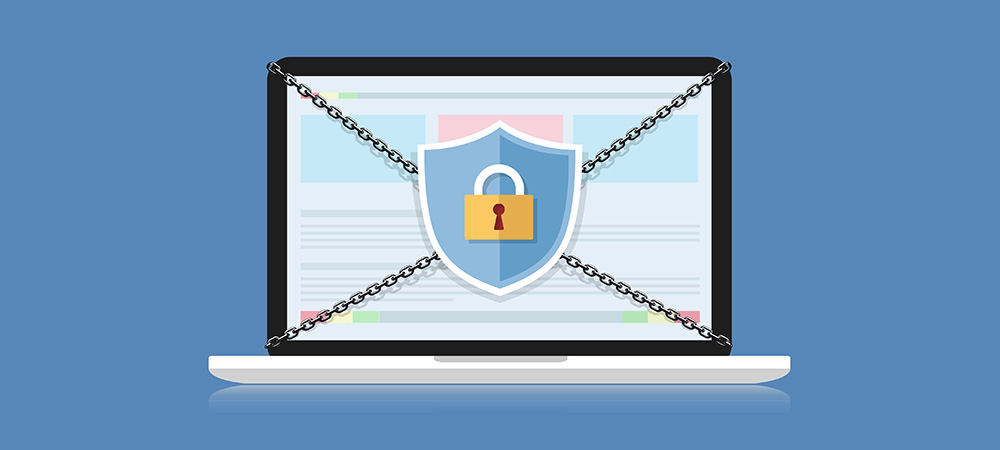SMEs face increasing challenges around data protection – particularly as they are seen as ‘low hanging fruit’ for many cybercriminals. But there are opportunities to achieve enterprise-class data protection without breaking the bank if SMEs get back-to-basics. We hear from experts at Retrospect and StorCentric who offer insights into how SMEs can implement backup best practices to keep their critical data secure.
JG Heithcock, General Manager of Retrospect, a StorCentric Company
In 2020, small and medium enterprises (SMEs) faced increasing challenges around data protection. By being less protected than their counterparts in enterprise organisations with larger budgets to dedicate towards security, SMEs became easy targets for cybercriminals. Unfortunately for most, the costs associated with a successful ransomware attack was and remains the difference between staying in business and shutting down operations.
Two studies conducted last year revealed three truths about SMEs and cybersecurity: remote work leads to an expansion of the threatscape, password management and phishing attacks are the top two concerns of small business owners, and SMEs are ready to spend money on cybersecurity. While 2020 brought increased security risks as a result of the pandemic, economic issues were also prevalent, meaning SME organisations who were looking to spend money on tools and training had to balance that desire against a lean budget.

While an increase in remote work environments led to greater dependence on messaging platforms, email, video conferencing tools and other forms of communication, business continuity has likewise relied on the ability of these methods to provide employees and customers with alternatives to traditional in-person communication. While effective from a business standpoint, the pandemic provided cybercriminals with the opportunity to turn these tools into catalysts for driving phishing attacks. Many focused their malicious efforts around research, testing and general misinformation, and more recently, scams around vaccine rollout, causing added headaches for SMEs already working against other cyberthreats.
Fortunately, taking the first critical steps towards reducing risks and protecting an organisation against cybercrimes can be achieved at little to no cost. In 2021, if SMEs approach their cybersecurity by going back to the basics, they will find that they can achieve enterprise-class data protection – without breaking the bank.
For organisations looking to maintain a remote work environment for business benefit and/or employee safety, securing data with limited and distributed resources can be achieved by practicing a few simple steps. To start, SMEs must remind their employees and customers to remain vigilant against suspicious email addresses, think twice before clicking links, update and implement strong passwords, and be weary of requests for personal information. Additionally, ensuring software is updated regularly, only approved devices are used for business purposes and a consistent, well-planned and tested data backup process will further protect businesses.
For those wondering where to start, the 3-2-1 backup method is an effective backup strategy that protects against data loss as a result of cyberattacks, as well as simple human error. This is especially effective with remote teams and can be implemented by saving a minimum of three different copies of data across multiple locations to help organisations quickly and easily recover data and avoid disruption. More specifically, the 3-2-1 backup rules typically call for data to be saved on the computer, on local storage and on an offsite storage platform. Easily accessible and affordable solutions include disks, the cloud, NAS devices and tapes.
With proactive preplanning and by taking advantage of the right data backup solution(s), SMEs can more easily navigate the turbulent waters of the ongoing pandemic and its effects on their business, while more efficiently and cost effectively ensuring the protection, security and availability of applications and information for those onsite or working from home. And in doing so – like their enterprise counterparts – enjoy the hope, promise and prosperity of 2021, and beyond.
Surya Varanasi, CTO of Nexsan, a StorCentric Company
Next to employees, data is the most valuable asset of any commercial business, non-profit or government agency. Protecting both has therefore become a top priority for organisations large and small, around the world. Horrifically however, this past year saw both under attack, as a direct result of the COVID-19 pandemic. From a data protection standpoint, the rush to accommodate new and necessary ways to work, shop and live opened the door to cybercriminals.
And consequently, we saw a dramatic increase in ransomware attacks and high-profile data breaches that further cemented the importance of backup.

However, the past year also taught us the criticality of ‘Unbreakable Backup.’ Certainly, the overall objective of backup is the ability to recover from any failure or data loss within a specified period of time. The process of backing up, especially to disk, has become highly automated after initial setup across applications, platforms and virtual environments.
But now, as ransomware and other malware attacks continue to increase in severity and sophistication, we understand the need to protect backed up data by making it immutable and by eliminating any way that data can be deleted or corrupted. Unbreakable Backup does just that by creating an immutable, secure format that stores the admin keys in another location for added protection.
For those seeking the ideal Unbreakable Backup solution for their environment, they should seek one that delivers data integrity with policy-driven and scheduled data integrity checks that can scrub the data for faults, and auto-heals without any user-intervention. Next, they should seek a solution that provides high availability with dual controllers and RAID-based protection that can guarantee data access in the event of component failure.
Recovery of your data will also be faster, because all RAID-protected disk arrays can read faster than they can write. With an Unbreakable Backup solution with these capabilities in-hand, users can alleviate their worry about their ability to recover – and redirect their time and attention to activities that can more directly impact the organisation’s bottom-line objectives.




